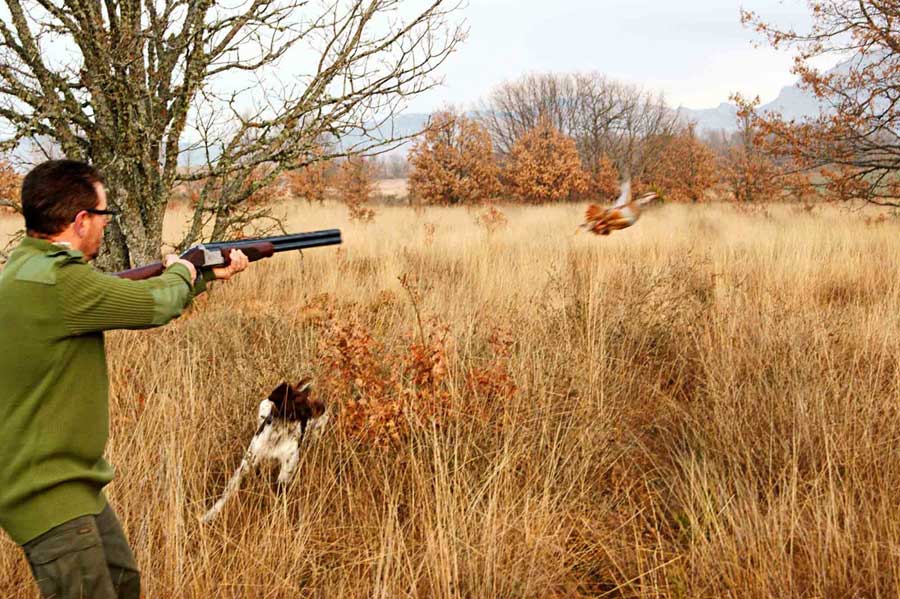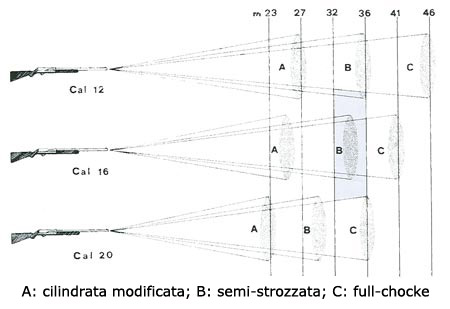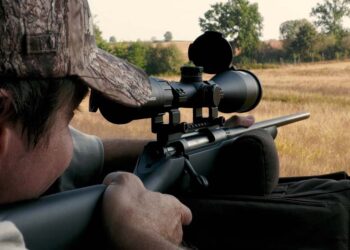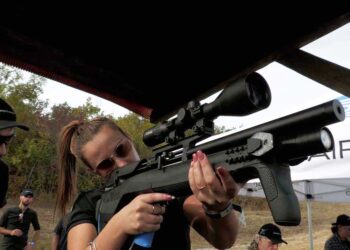
The types of bullets and balls for hunting
The choice of bullets and hunting balls requires attention to specific characteristics. To obtain the desired effectiveness in hunting, it is important to follow the correct rules of choice of caliber, bullet and terminal effect.
Cartridges for rifled guns are available in around 200 different calibers with a wide range of dedicated bullets. However, many of these calibers are similar to each other and not suitable for hunting, which can confuse even the most experienced hunters. Furthermore, the vast production of hunting bullets, which ranges from the microscopic 17/remington mm 4,3 to the gigantic 700 nitro express mm 16,20, can put even the most shrewd hunters in difficulty.
Over the years, we have moved from the old spherical lead bullets for muzzle-loading weapons to jacketed and armored Tombac (copper alloy) ogival bullets. The latter are able to offer controlled expansion without loss of weight and energy.
In any case, the best advice is always to rely on professionals in the sector who will be able to advise you on the best choice depending on your hunting trip. If you then want to invest in high quality equipment, we also advise you to evaluate solutions online loans, very comfortable and quick to subscribe.
So, let's see together the various types of bullets and hunting balls and what to consider when choosing.
Types of hunting balls
To simplify as much as possible, we can say that modern bullets used in hunting can be divided into three basic classes. This subdivision only takes into account bullets used in hunting, excluding those used in sports and not suitable for hunting. Among these we find:
- Wrapped bullets. They consist of a hardened lead core completely encased in a soft metal jacket, such as copper or an alloy. These projectiles are indicated when it is desired to avoid damaging or tearing the flesh of the hit animal, obtaining little or partial deformation of the bullet and without wasting too much energy. It is worth noting that these bullets are of military origin and used in specific contexts.
- Armored shells. They are specially designed for hunting animals with strong defenses. Their purpose is not to be deformed in the impact and to cross even large surfaces of muscles and bones, discharging the maximum energy in a large and compact body mass. These projectiles are particularly useful in situations where it is necessary to hit large animals with a highly developed defense system.
- Expansive bullets. Most of the balls offered by the production belong to the expansive type. These projectiles are designed to expand within the body of the affected animal and, in some cases, even fragment, causing large wounds that can immediately bring the animal down. These projectiles are particularly useful in situations where it is necessary to hit the animal in order to cause the least possible damage to the meat, but at the same time bring it down quickly and effectively.
Instead, as regards the shape, the bullets can be divided into three types: round nose (Round Nose), flat nose (Flat Nose) or sharp and semi-sharp tip (Spitzer). Furthermore, the shape of the tail can also vary, sometimes appearing with tapered (Boat Tail) or flat (Flat Base) tails. From a ballistic point of view, the bullet is evaluated by considering its sectional density, shape index and ballistic coefficient. Also, bullet weight is expressed in grams in Europe and in grains for Anglo-Saxon or American calibers (1 grain = 0,0648 grams).

Choice of hunting bullet: consider the deviation
The projectiles are subject to deviations from the trajectory due to external causes, such as the presence of obstacles such as twigs, leaves and grass, or the thrust of a lateral wind. These obstacles, although microscopic and subtle, can cause significant deflection, taking the projectile off target. The deflection depends on the speed of the projectile, its weight and the shape of the nose.
Additionally, crosswind thrust can cause a lateral drift that displaces the projectile from the trajectory. An unbalanced projectile can enter a strong drift due to the action of the rifling and the rotation imparted by the latter. Therefore, it is important to pay close attention to shooting in strong winds.
For hunting, the choices to be applied are few and have been tested in hunting to guarantee good ballistic-hunting results. The quality of construction, effectiveness and technical characteristics in relation to the size of the animal to be hunted restrict the field of action to 2 or at most 3 types of bullet weight for each caliber adopted and 2 or 3 types of bullet shape and construction , in the specific choice in relation to the weight/mole of the animal to be hunted.






































